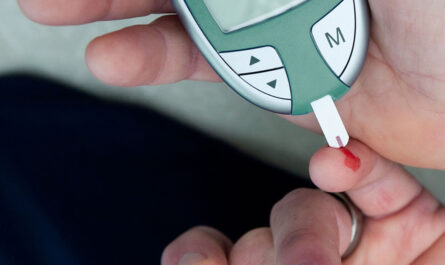Parasomnia, a term used by sleep scientists, encompasses a range of abnormal behaviors that occur during sleep, from the seemingly innocuous, such as sitting up in bed and appearing disoriented, to the more complex, like getting out of bed and moving around or even screaming with a fearful expression. Contrary to popular belief, sleepwalkers do not necessarily have their eyes closed and may interact with their environment in intricate ways.
At the Netherlands Institute for Neuroscience, researchers have embarked on an intriguing quest to shed light on a puzzling phenomenon the enigmatic brain activity during liminal sleep, also known as parasomnia.
Parasomnias are more prevalent among children, but approximately 2-3% of adults continue to experience these episodes regularly. These occurrences can be distressing for both the affected individuals and their bed partners. The risks of self-injury or harming others during episodes, coupled with the potential for deep embarrassment upon awakening, underscore the importance of understanding the underlying brain mechanisms.
Traditionally, it was believed that dreams only transpired during REM (rapid eye movement) sleep. However, recent research reveals that dreams can manifest in other sleep stages as well. Patients who experience parasomnias during non-REM sleep sometimes report dream-like experiences, while in other instances, they appear completely unconscious, operating on autopilot.
In a groundbreaking study published in the journal Nature Communications, Francesca Siclari, head of the dreams lab, and her team delved into the experiences and brain activity patterns of patients with parasomnia during non-REM sleep.
Gauging brain activity during a parasomnia episode poses a significant challenge. The patient must fall asleep, experience an episode, and have their brain activity recorded while moving around. Few studies have successfully accomplished this feat. However, Siclari’s team, equipped with an abundance of electrodes in their lab and sophisticated analysis techniques, can now obtain a clear signal even when patients move around.
To induce a parasomnia episode in the lab, Siclari’s team employs a two-step process. During the first recording, the patient sleeps normally. In the second recording, the patient is kept awake throughout the night and allowed to sleep only the following morning. Upon entering the deep-sleep stage during this recording, the patient is exposed to a loud sound. In some instances, this stimulus triggers a parasomnia episode. Post-episode, the patient is queried about their thoughts during the experience.
*Note:
1. Source: Coherent Market Insights, Public sources, Desk research
2. We have leveraged AI tools to mine information and compile it



